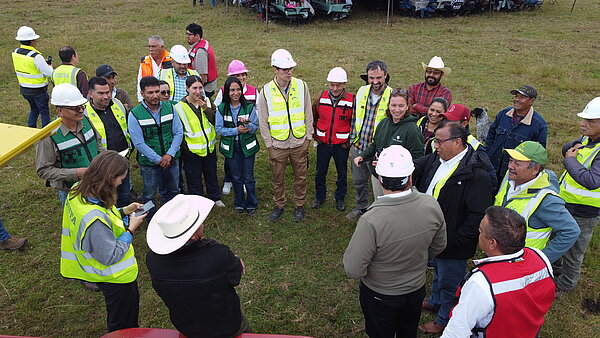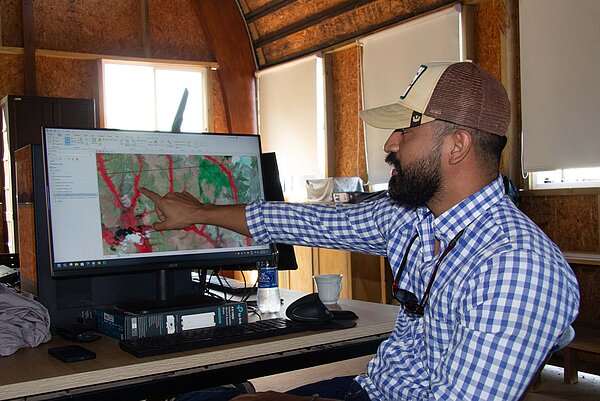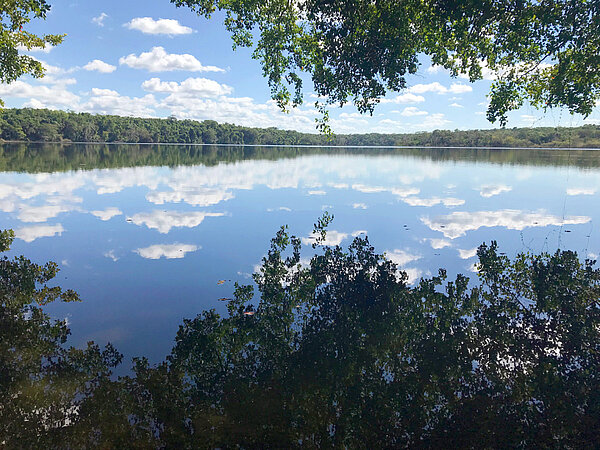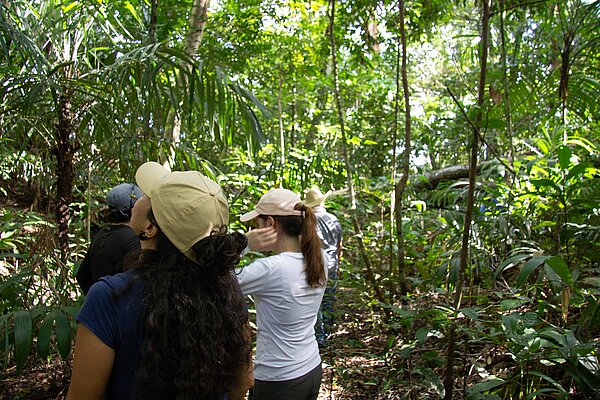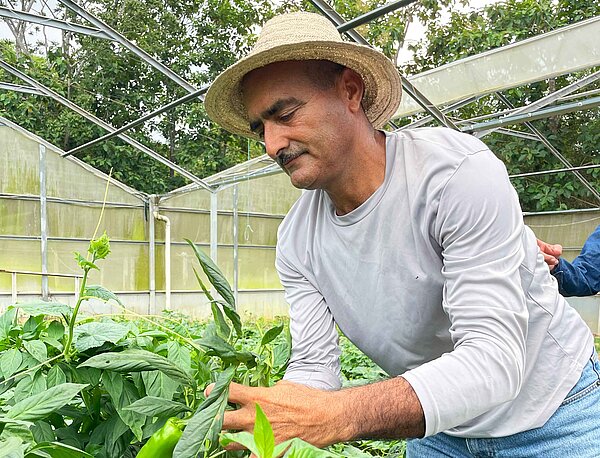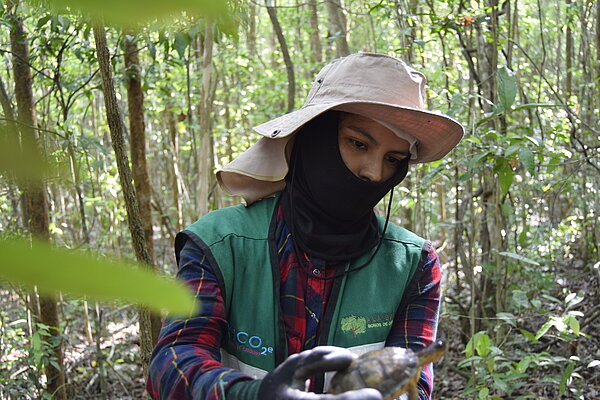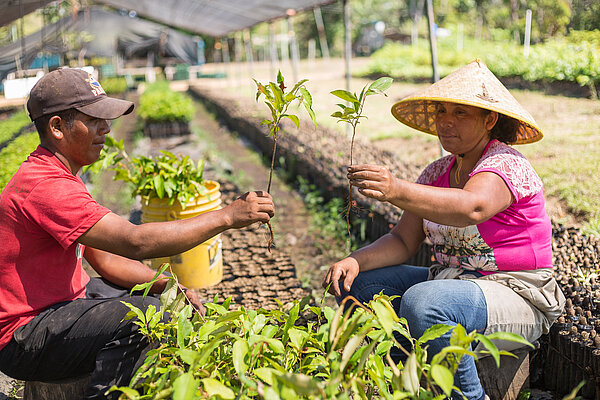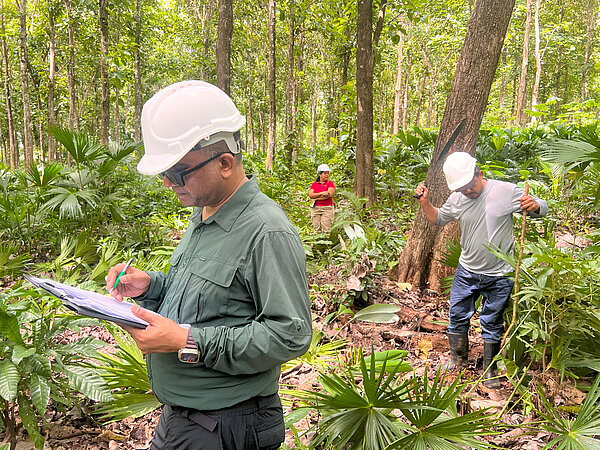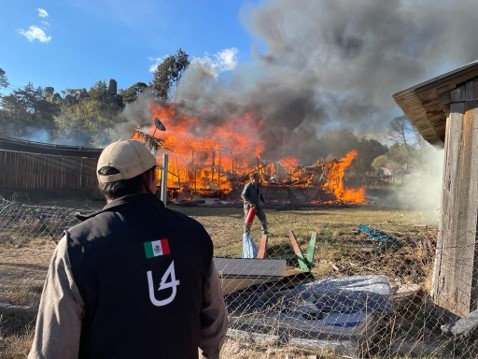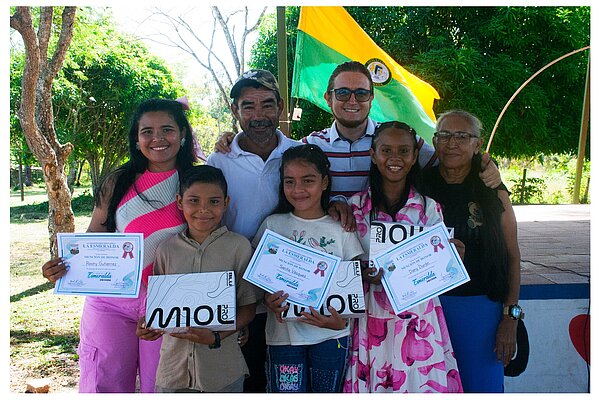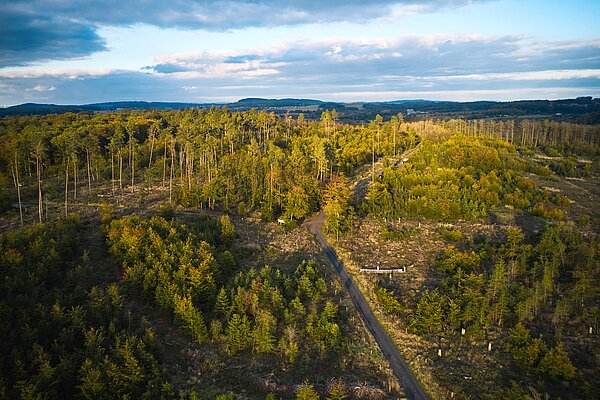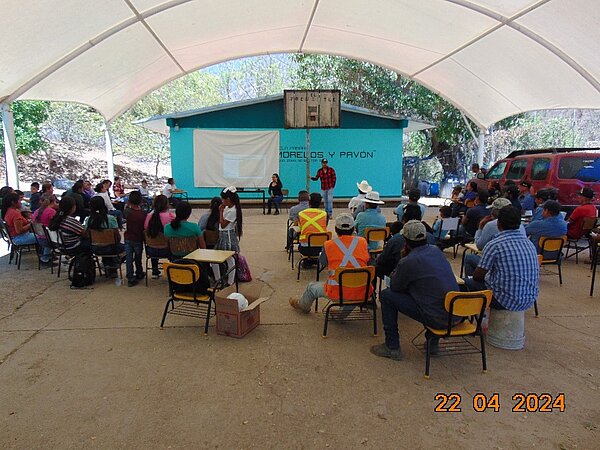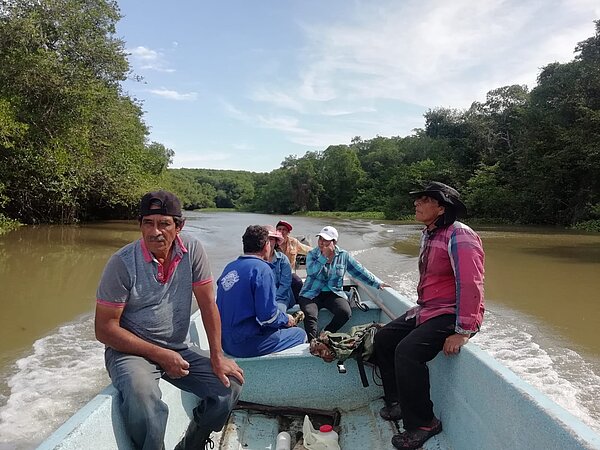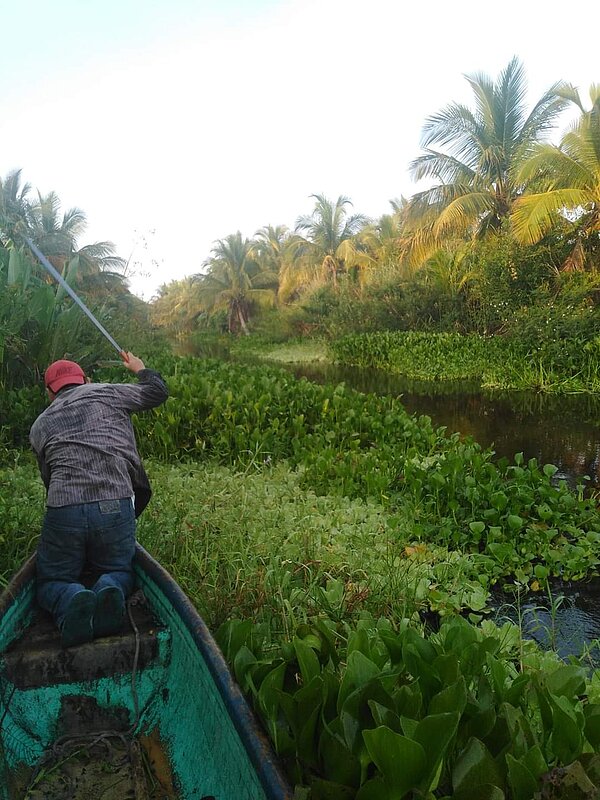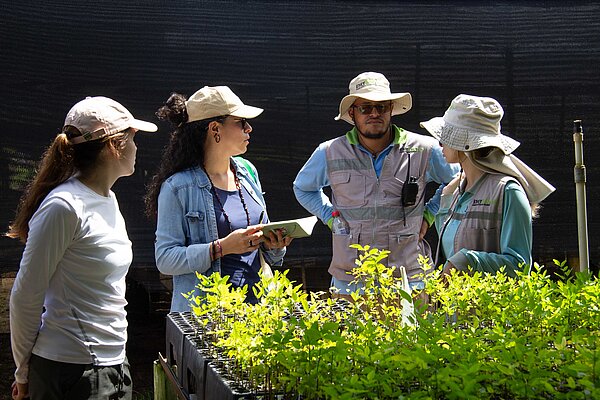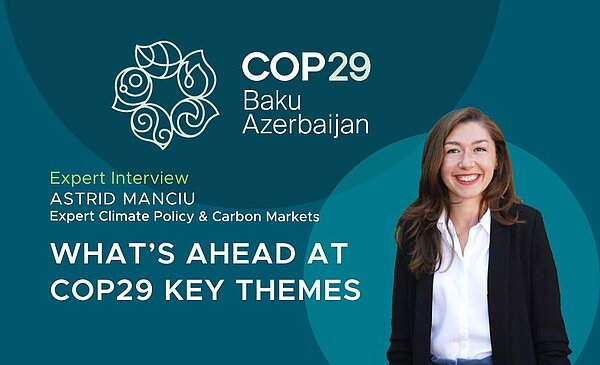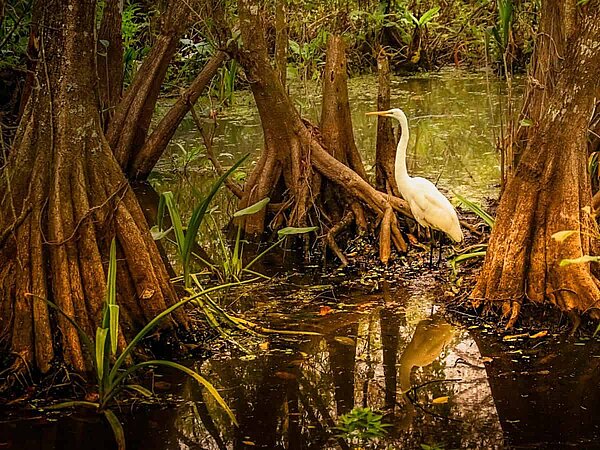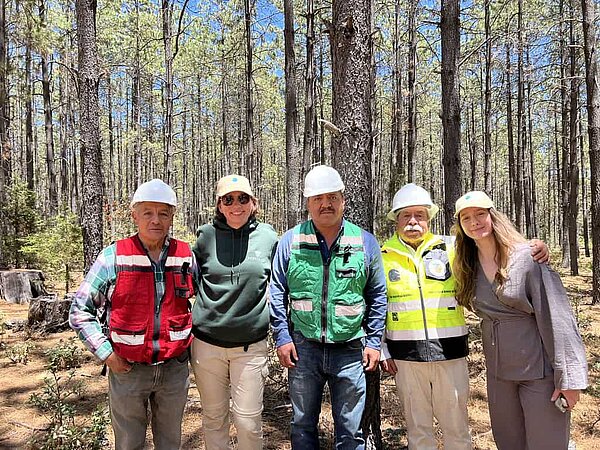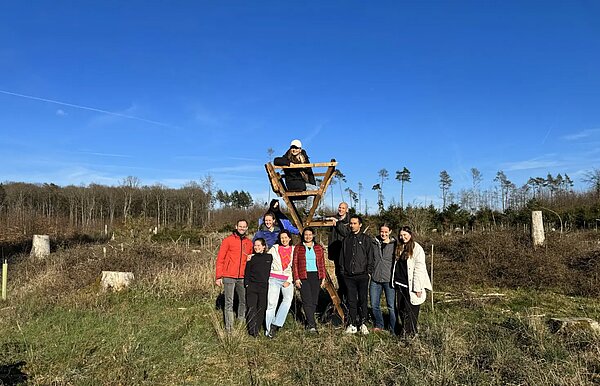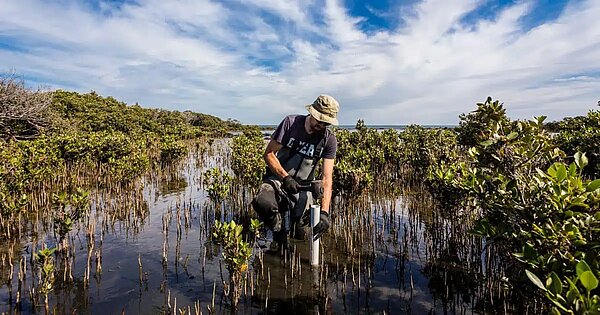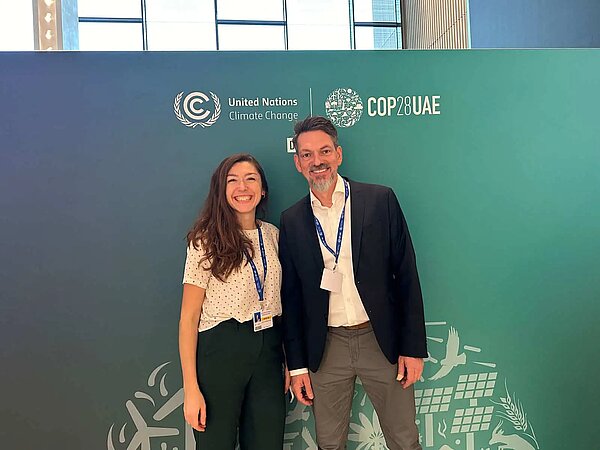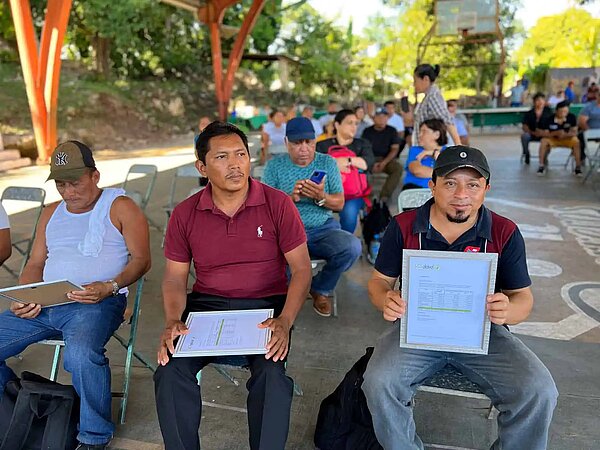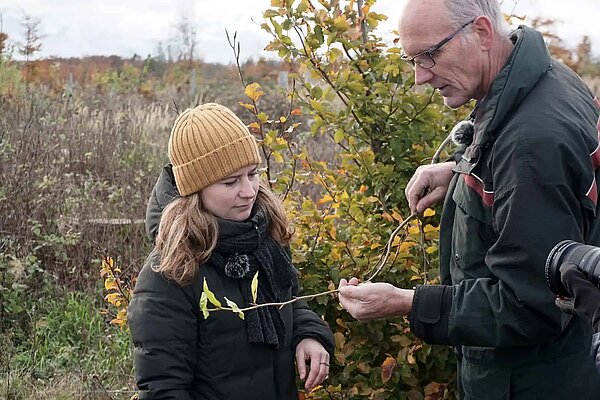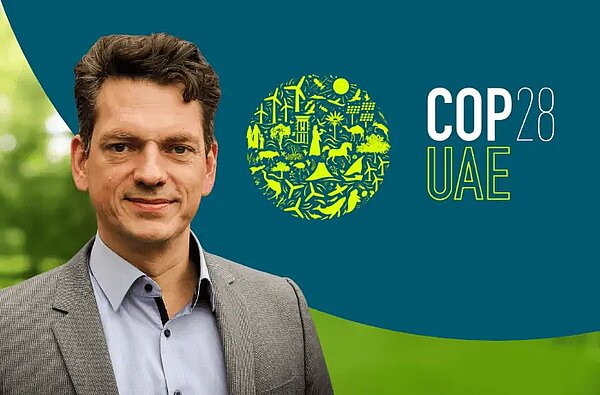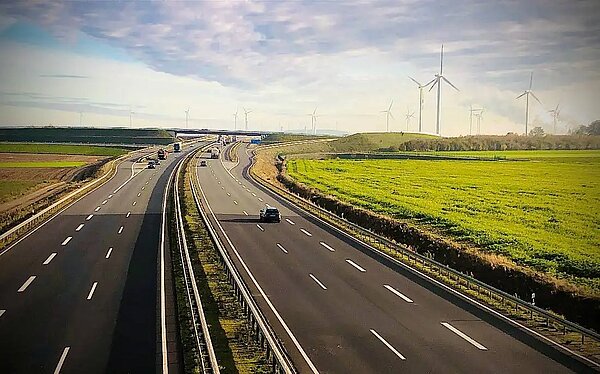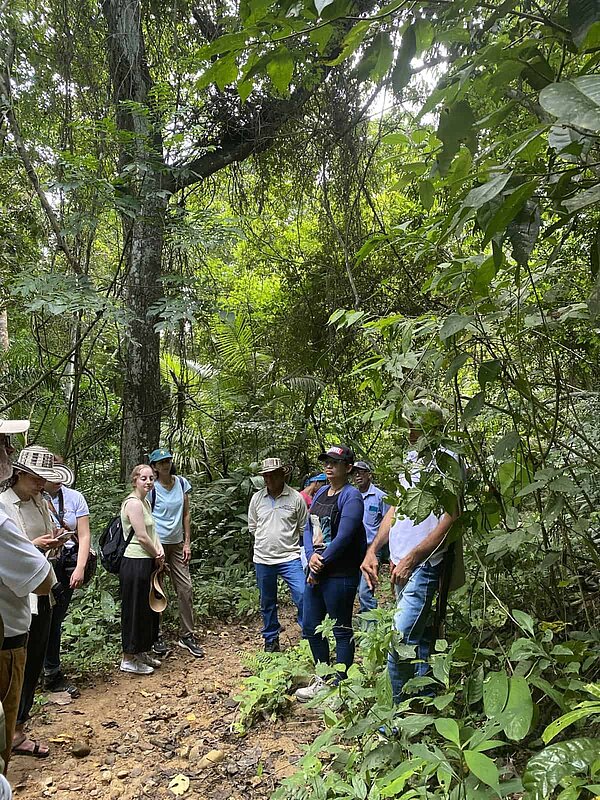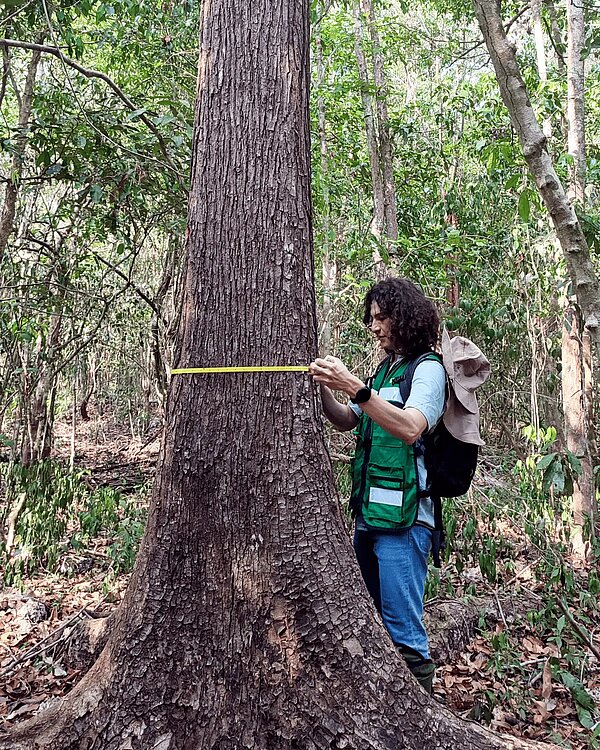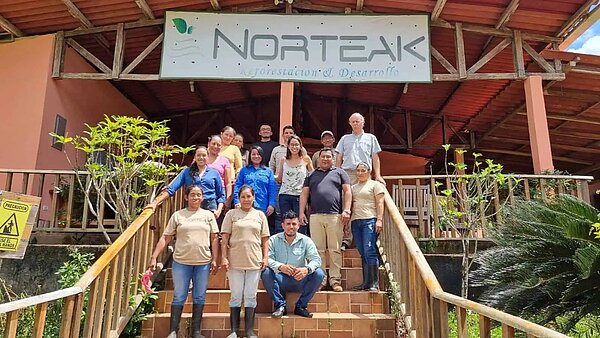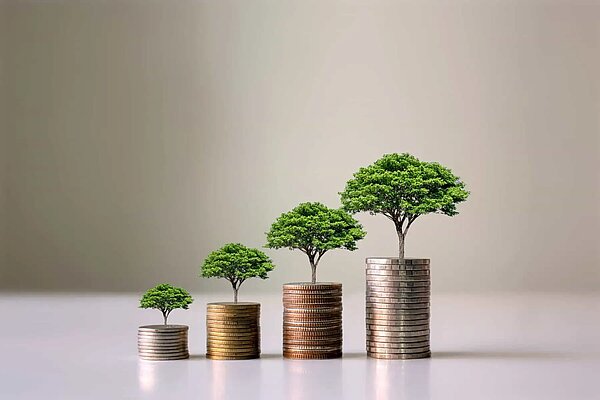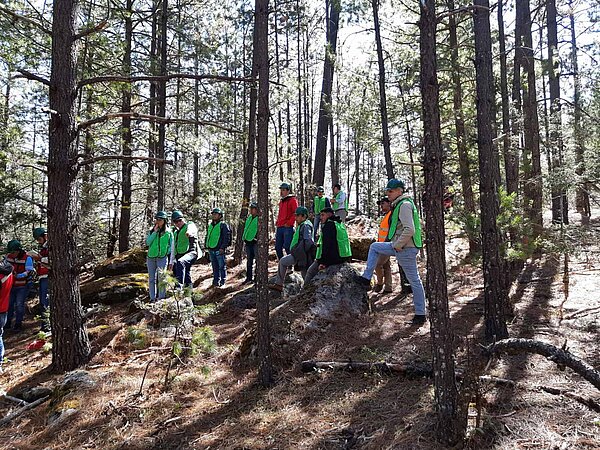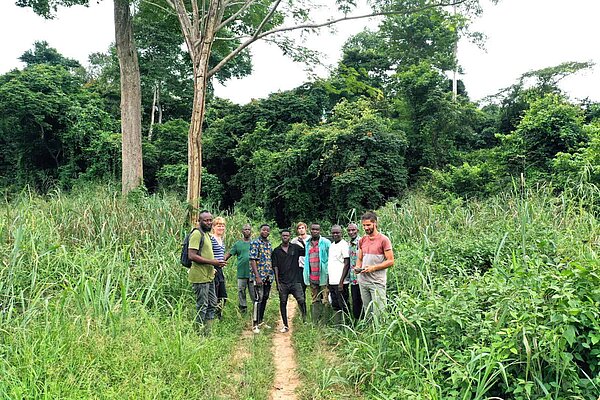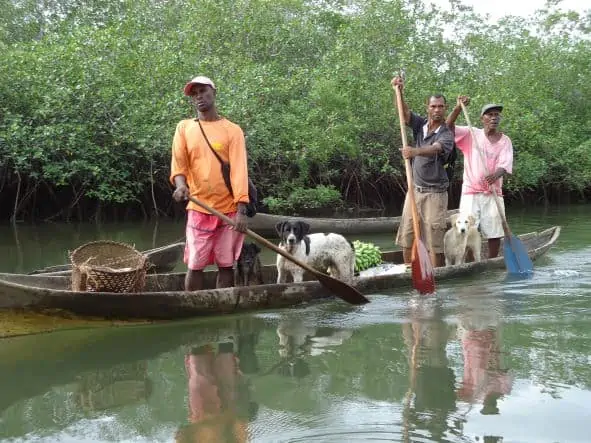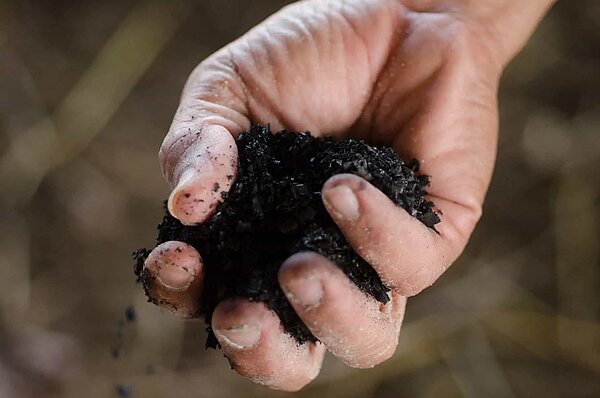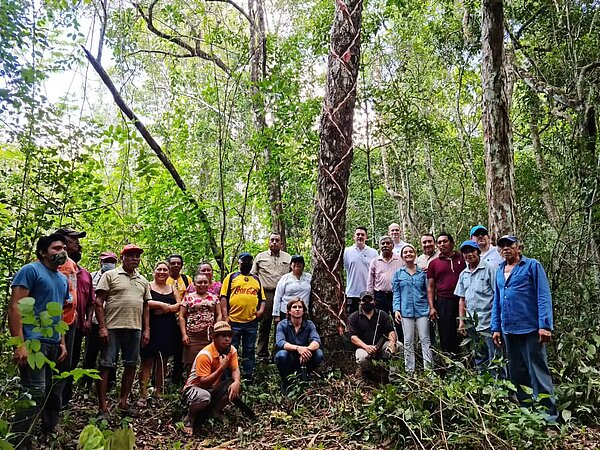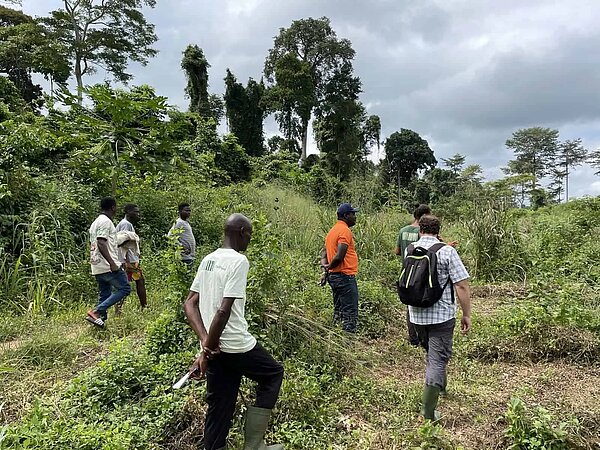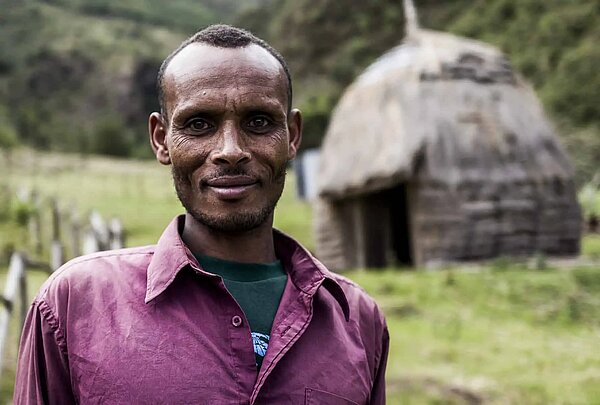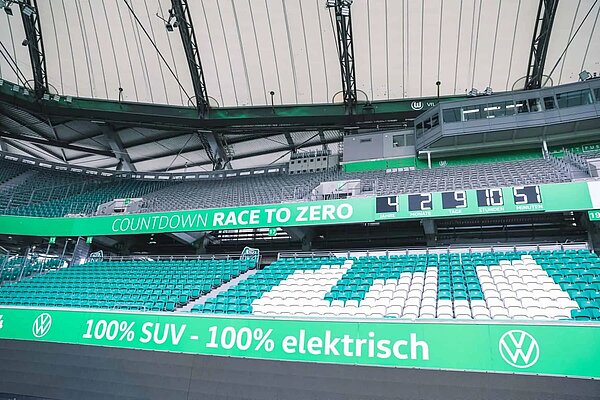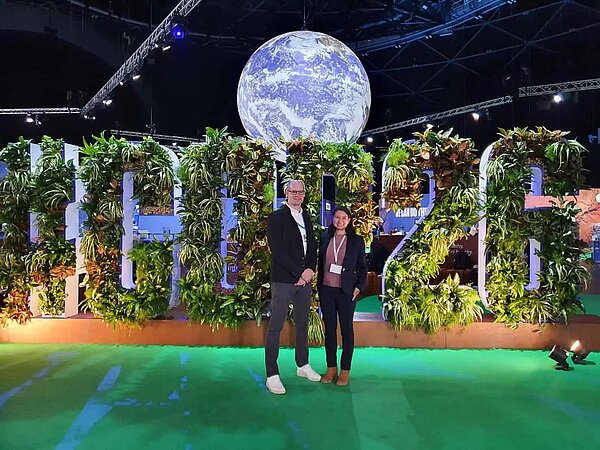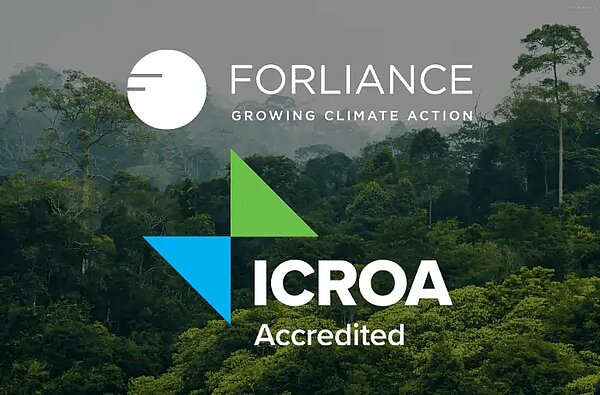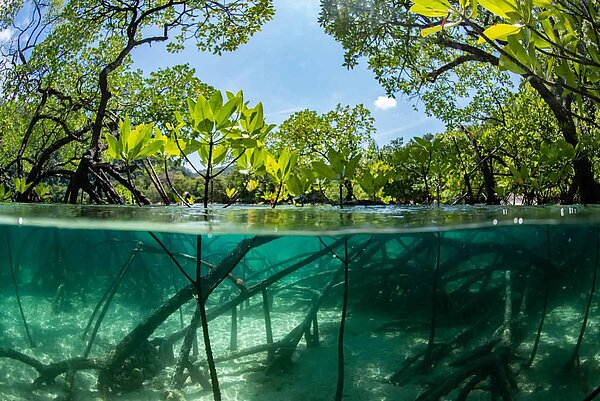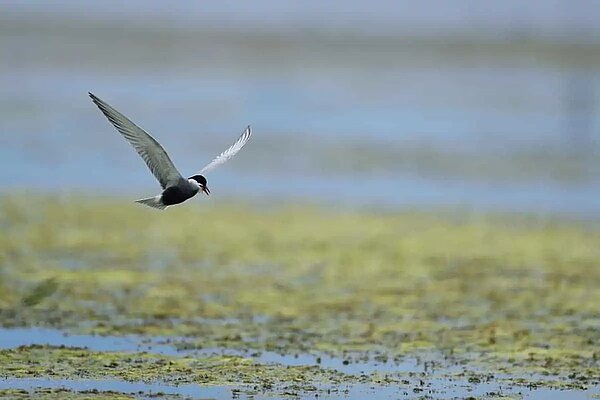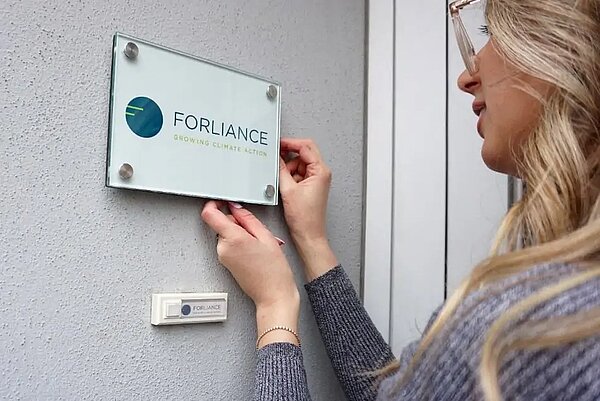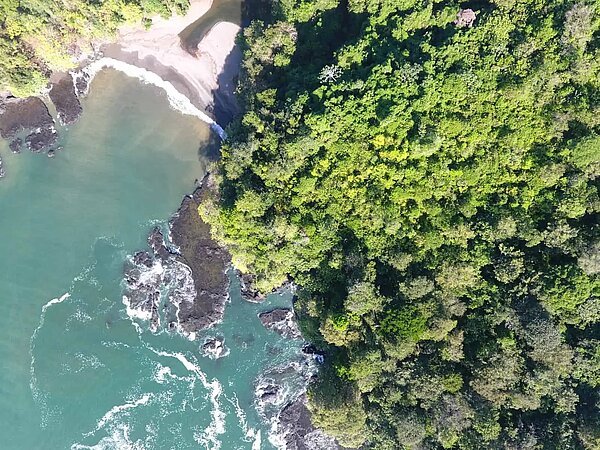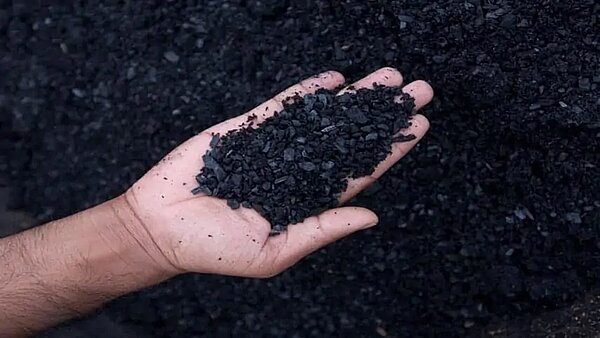Mangrove Restoration as a Blue Carbon Solution for Ports and Shipping
Julia Chodkowska
March 25, 2025
Climate Strategy & Policy
Ports and shipping companies are facing mounting pressure to reduce emissions, improve water quality, and meet rising expectations for transparency. At the same time, regulatory frameworks are tightening, and stakeholders demand visible, credible action. Mangrove restoration presents a strategic opportunity to address these challenges in one holistic approach—by combining climate impact, coastal protection, and community engagement through high-quality blue carbon solutions.
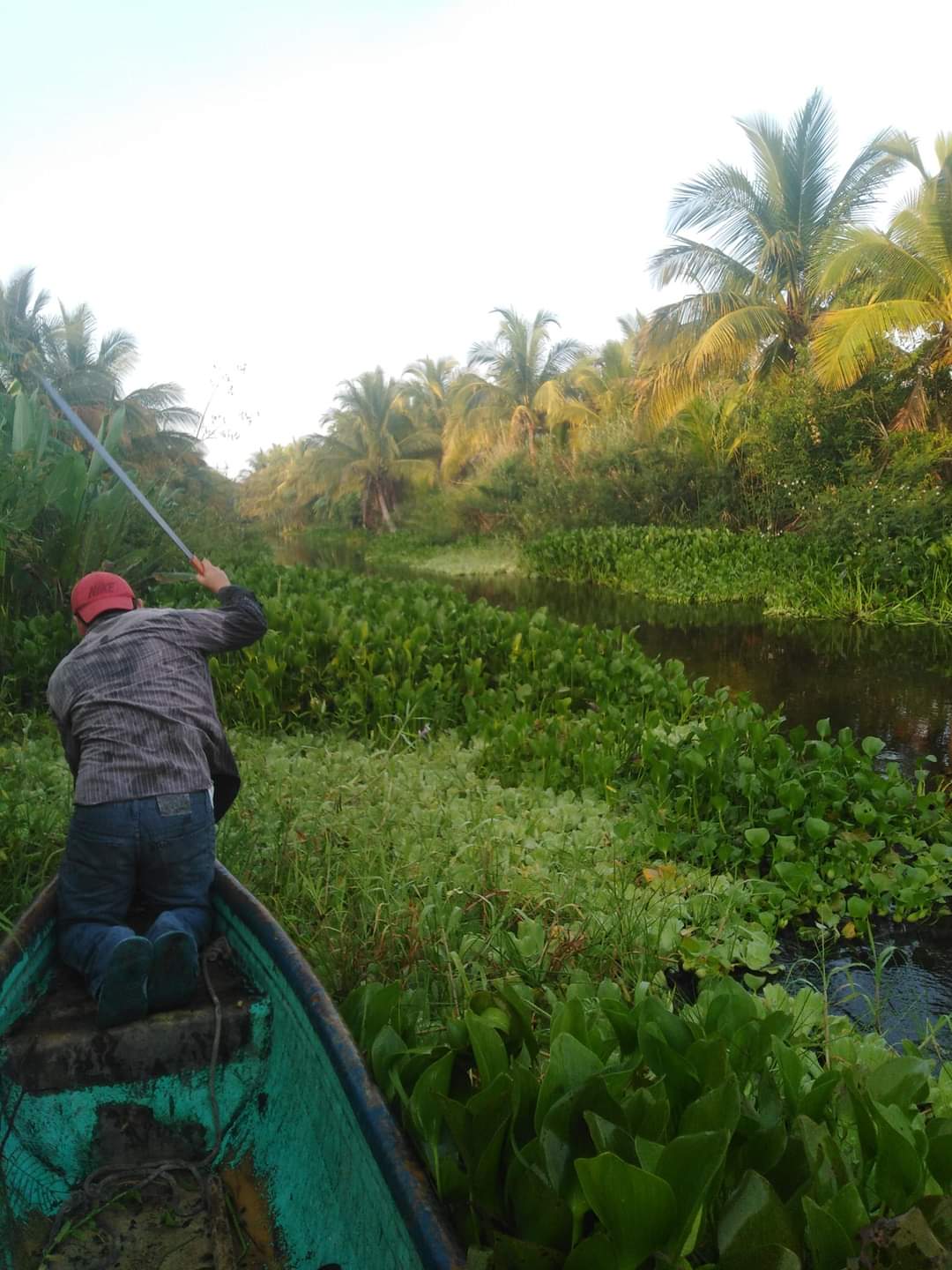
The High-Impact Challenges at Ports: Carbon, Water & Transparency
For Sustainability and Operations Managers in maritime and port industries, the challenges are multifaceted. Climate impact is chief among them – shipping’s carbon footprint rivals that of aviation¹. Water pollution plagues busy ports through oil spills, ballast water discharge, and industrial runoff, degrading marine water quality². Communities and regulators demand cleaner waterways, aligning with global goals like SDG 6 (Clean Water and Sanitation)³. On top of this, stakeholder transparency is no longer optional: investors, regulators, and the public expect full disclosure of environmental impact.
Why Traditional Measures Fall Short: Decarbonizing ships and upgrading port infrastructure are crucial but can take years to fully implement. Meanwhile, the EU has extended its Emissions Trading System (ETS) to cover maritime transport from 2024⁴. Compliance alone will strain budgets as companies invest in cleaner technologies or carbon pricing mechanisms. A complementary approach is needed – one that delivers immediate climate and environmental impact while strengthening stakeholder trust.
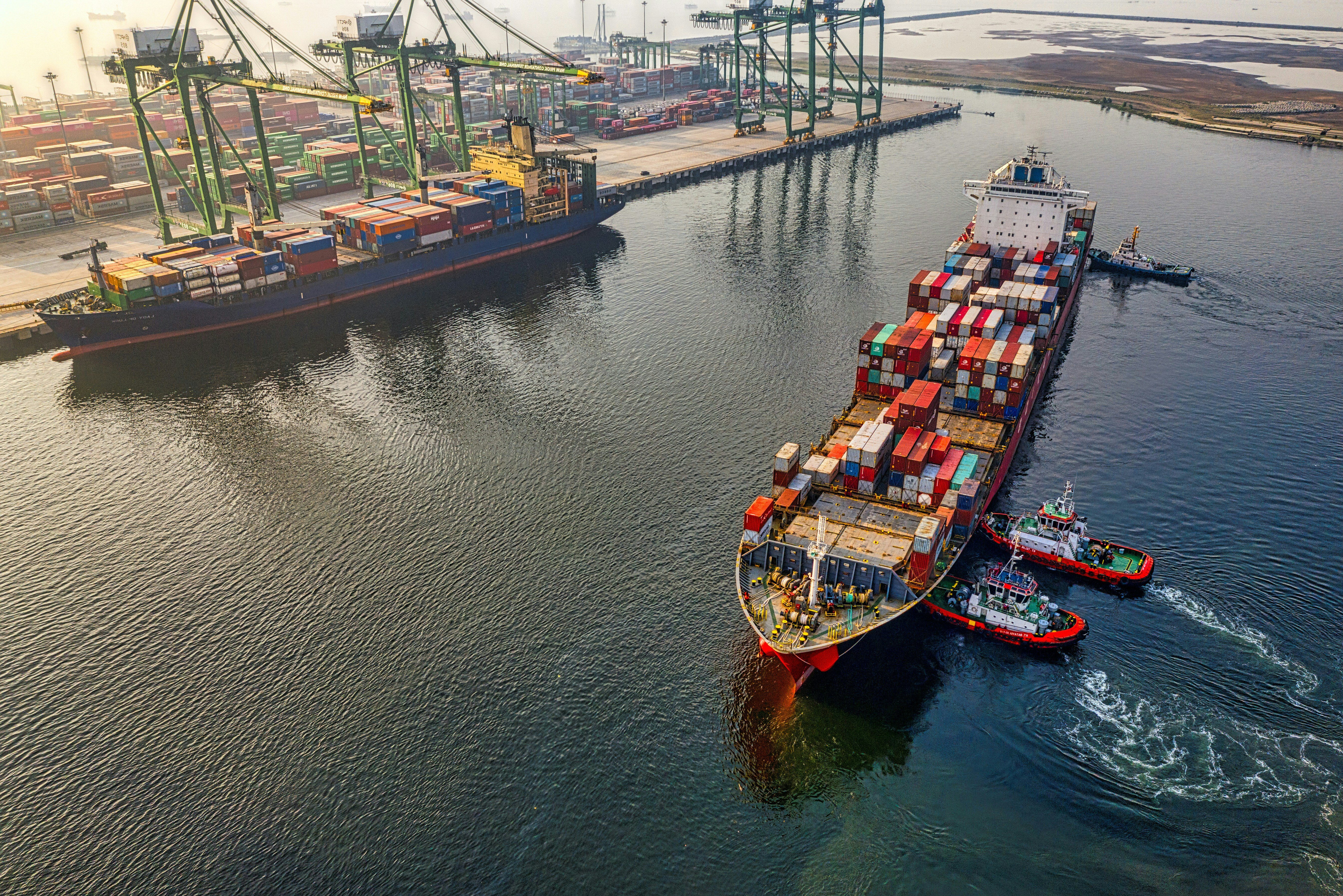
Blue Carbon: A Strategic Climate Contribution
Blue carbon projects—nature-based solutions in coastal ecosystems like mangroves—offer a way to contribute to climate goals beyond a company’s direct operations. These projects are recognized as a form of “beyond value chain mitigation,” as encouraged by the Science Based Targets initiative⁵. Restoring mangroves helps companies address unavoidable emissions while generating co-benefits for ecosystems and communities.
Why Mangrove Restoration?
Mangroves are coastal forests that sequester vast amounts of CO₂. Though they cover just 0.1% of the planet’s surface, they store up to 10 times more carbon per hectare than terrestrial forests⁶. Investing in mangrove restoration helps reduce global emissions while improving local environmental and social outcomes.
Key Benefits for Maritime Industries:
- Carbon Storage: Mangroves’ deep, organic-rich soils lock away carbon for centuries, making them one of the most effective natural climate solutions.
- Water Quality Improvement: Mangrove roots trap sediments and filter pollutants, contributing to SDG 6 by improving coastal water conditions³.
- Coastal Protection: Mangroves act as natural buffers, reducing wave energy and storm surge impact—protecting port infrastructure and nearby communities⁷.
- Biodiversity Support: Mangroves are nurseries for fish and marine life, supporting local ecosystems and aligning with SDG 14 (Life Below Water).
- Community Benefits: Restoration projects often involve local communities, creating jobs and improving livelihoods through sustainable development activities.
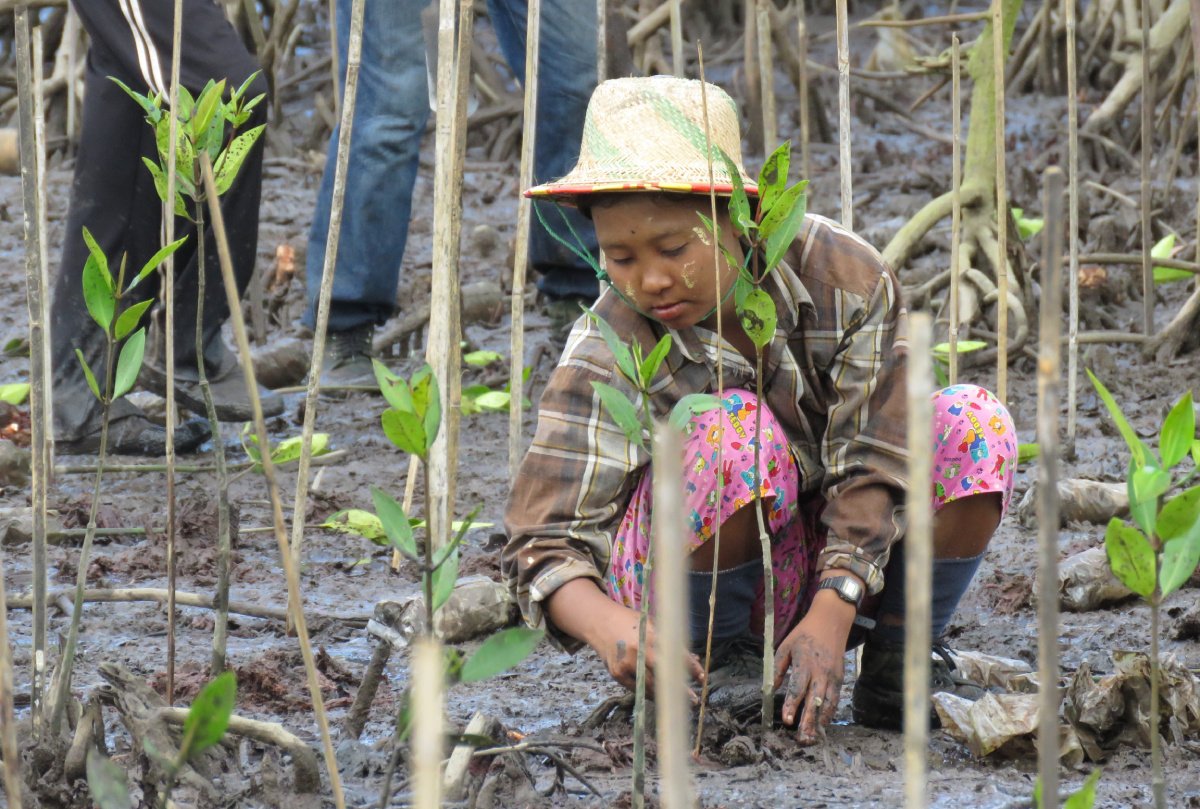
© Worldview International Foundation
FORLIANCE: Your Partner in Blue Carbon Project Development
FORLIANCE develops and supports nature-based climate solutions, including high-quality mangrove restoration projects. We are directly involved in project implementation and monitoring—offering transparency and credibility.
Our Mangrove Projects:
- Mangroves in Tabasco, Mexico – In partnership with local communities, FORLIANCE is restoring 930 hectares of mangrove ecosystems along the Gulf coast. The project promotes climate resilience and improves biodiversity while supporting community development.
- Mangroves Myanmar – This project focuses on the rehabilitation and sustainable management of degraded mangrove forests in Myanmar. It supports biodiversity, climate resilience, and improved water access for local communities.
Both projects are developed in line with the highest environmental and social standards. FORLIANCE also contributed to the development of the Gold Standard methodology for sustainable mangrove restoration, reinforcing our commitment to high-quality, impactful climate solutions.
Navigating Regulation and Strategy with Nature-Based Solutions
Engaging in blue carbon projects demonstrates proactive environmental leadership. It supports compliance with evolving regulations (like the EU ETS), contributes to global climate goals, and aligns with the Sustainable Development Goals. It also enables companies to communicate measurable impact, strengthen stakeholder relations, and build long-term climate resilience.
Let’s Work Together
FORLIANCE helps companies integrate nature-based climate action into their sustainability strategies—providing expert guidance, transparent project access, and measurable impact. Partner with us to invest in coastal ecosystems that protect the environment, benefit communities, and support your business objectives.
Sources
- International Maritime Organization (IMO). Greenhouse Gas Emissions from Ships
- United Nations Environment Programme. Water Pollution from Ships
- United Nations Sustainable Development Goals – Goal 6: Clean Water and Sanitation
- European Commission. EU Emissions Trading System – Maritime Transport
- Science Based Targets initiative. Net-Zero Standard
- Blue Carbon Initiative. Mangrove Facts
World Bank. The Value of Coastal Ecosystems
